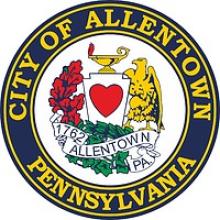FCC Commissioner Carr Gets It Wrong in Treasury Rule Comments
With all due respect to Federal Communications Commissioner Brendan Carr, his reaction to the Rescue Plan Act's State & Local Fiscal Recovery Fund (SLFRF) spending rules is way off base. As I wrote last week, the rules for broadband infrastructure spending are a good model for pushing down decision-making to the local level where people actually have the information to make informed decisions. (Doug Dawson recently also responded to Commissioner Carr’s statement, offering a response with some overlap of the points below.)
The Final Rule from the Treasury Department gives broad discretion to local and state governments that choose to spend some of the SLFRF (SLurF-uRF) funds on broadband infrastructure. The earlier draft of rules made it more complicated for networks built to address urban affordability challenges.
However, in coming out against the rules, FCC Commissioner Carr is giving voice to the anger of the big cable and telephone monopolies that cities can, after collecting evidence of need, make broadband investments even in areas where those companies may be selling services already. Commissioner Carr may also be frustrated that he has been reduced to chirping from the sidelines on this issue because the previous FCC, under his party’s leadership, so badly bungled broadband subsidies in the Rural Digital Opportunity Fund (RDOF) that Congress decide NTIA should administer these funds and have the state distribute them.
Nonetheless, the issues that Commissioner Carr raised are common talking points inside the Beltway and we feel that they need to be addressed.
Background Note
The failure of the FCC to assemble an accurate data collection is many years in the making. No single presidential administration can take the full blame for it, but each of them could have corrected it.
President Biden’s FCC is not yet fully assembled because of delays in appointment and in Senate confirmation, but it would not be reasonable to lay blame on the current FCC for the failures discussed below. That said, it is not clear that we are on a course for having better maps and data that will resolve these problems anytime soon.
Commissioner Carr’s Criticism



